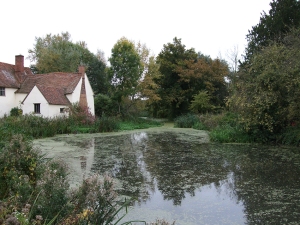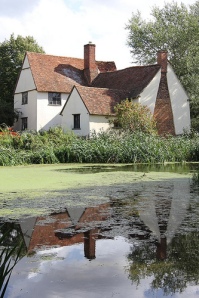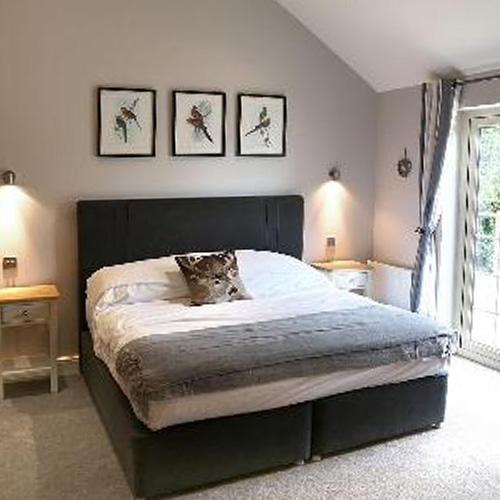
Flatford Mill – inspiration for Constable’s The Hay Wain, by Jim Linwood
Flatford is the home of Willy Lot’s cottage which is the building that features in John Constable’s masterpiece ‘The Hay Wain’. The River Stour, which in the picture has three horses pulling a hay wain across it, forms the border of two counties, the left bank is in Suffolk and the landscape on the right bank is in Essex.
John Constable (11 June 1776 – 31 March 1837) was an English Romantic painter. He was born in Suffolk, and is known principally for painting landscapes of the area surrounding his home, which he invested with an intensity of affection. “I should paint my own places best”, he wrote to his friend John Fisher in 1821, “painting is but another word for feeling”.
The Hay Wain (painted in 1821) is one of his most famous paintings. Constable first made a number of open-air sketches of parts of the scene, then created the final piece in his studio in London. The painting now hangs in The National Gallery in London and is regarded as “Constable’s most famous image”[1] and one of the greatest and most popular English paintings.

Flatford Mill by Karen Roe
Willy Lot’s cottage is now a Grade 1, listed building owned by the National Trust, along with several other buildings in Flatford. The main National Trust visitor information centre is housed in Bridge Cottage (which is 200 metres from Hay Wain view), which contains an exhibition about Constable and a riverside Tearoom.
It is all within an Area of Outstanding Natural Beauty (AONB) with numerous footpaths and walking trails through great walking countryside so you can take the family out, walk the dog or simply step back in time and absorb the places Constable knew and loved.
